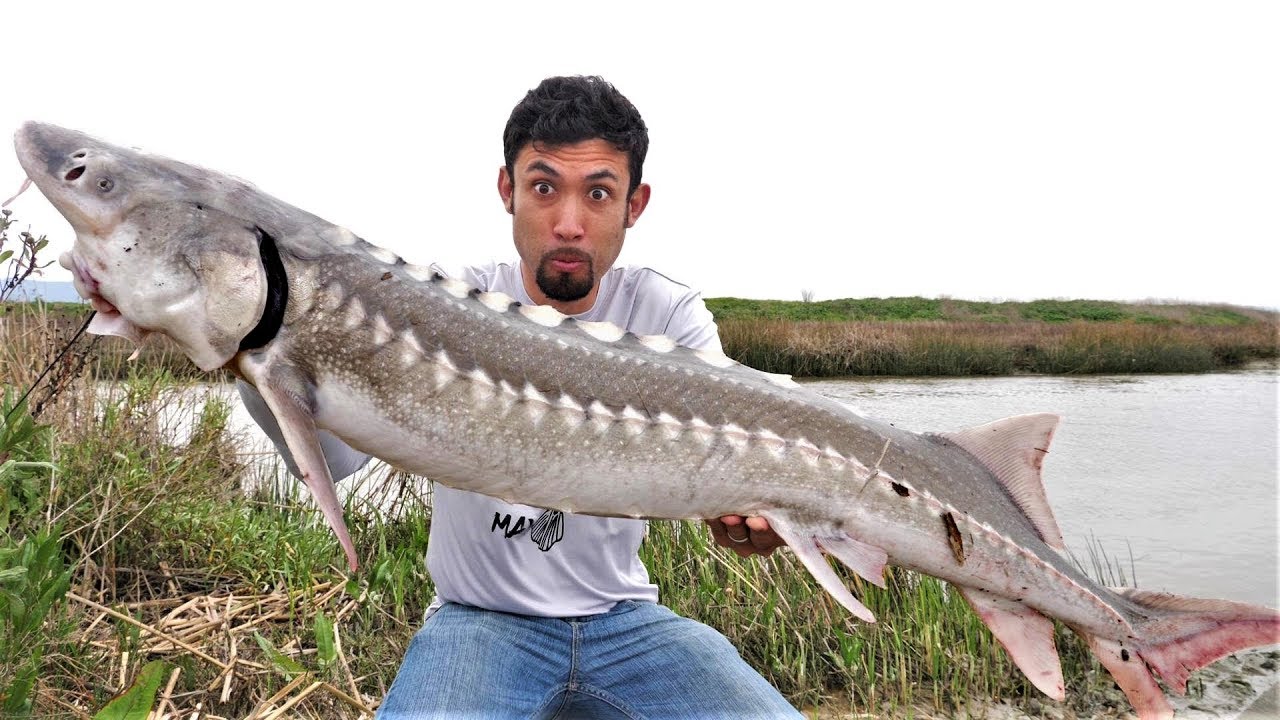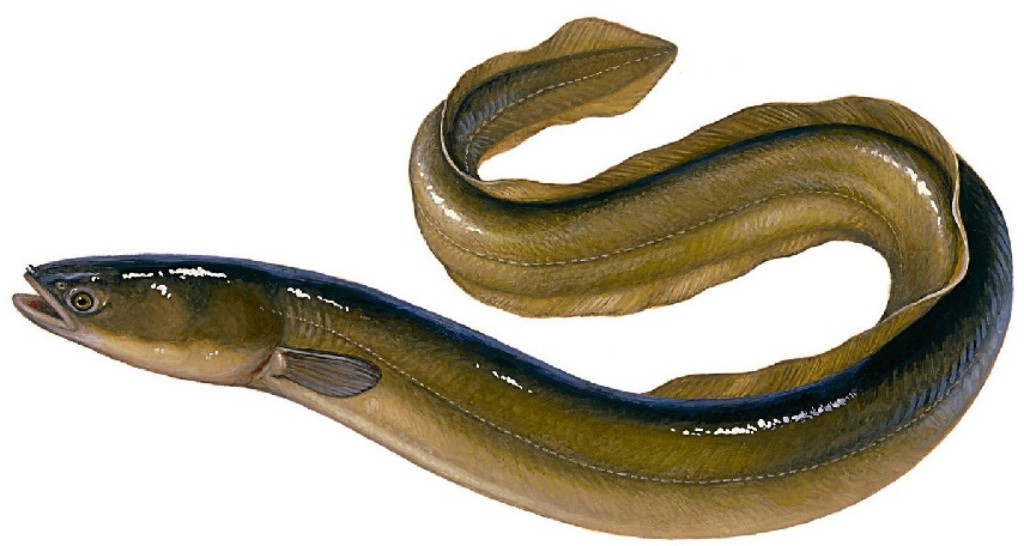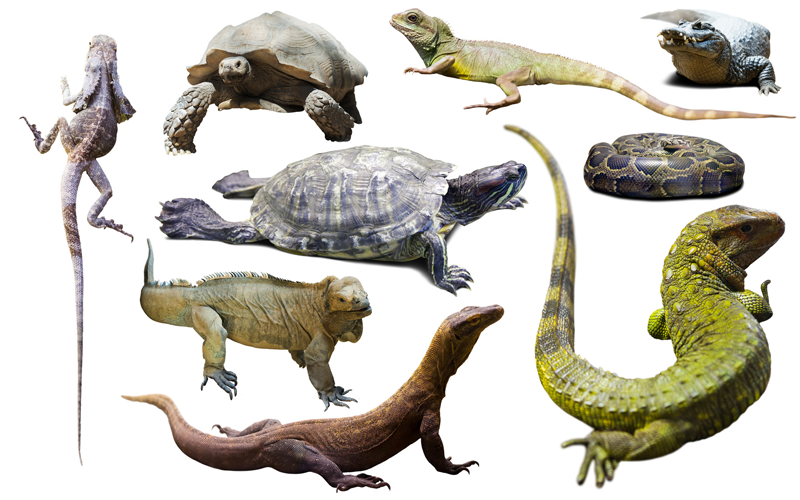Since the first supposed monster sighting at Loch Ness was recorded in the 6th century, people have been searching for logical explanations. Sturgeons, trees, and even elephant trunks have all been blamed, but scientists (and fans) haven't settled on a single culprit. As The Washington Post reports, one scientist from New Zealand claims he's finally discovered Nessie's true identity: She's not a prehistoric plesiosaur—she's an oversized eel.
That's the suggestion made by a recent environmental DNA project that analyzed the genetic material of every living thing in Loch Ness. In 2018, Neil Gemmell of the University of Otago and his team embarked on a mission to collect 250 water samples from the various spot in Loch Ness in Scotland. This was harder than it sounds: The freshwater lake is 23 miles long and 788 feet deep. But the team succeeded in capturing a biological snapshot of the lake, with enough "eDNA"—the genetic material organisms leave behind in their environment—for 500 million sequences.
After comparing the sequenced DNA against global DNA databases of known organisms, the scientists didn't find anything to indicate the lake is hiding an unknown species, prehistoric or otherwise. The findings also ruled out Greenland sharks, catfish, and sturgeon as the stand-ins behind the Nessie sightings. (It's unclear if the study has been published or peer-reviewed.)
They did, however, find an unusually high amount of eel DNA in their samples. "The remaining theory that we cannot refute based on the environmental DNA data obtained is that what people are seeing is a very large eel," a summary of the findings on the project's website reads. "Eels are very plentiful in Loch Ness, with eel DNA found at pretty much every location sampled—there are a lot of them."
Eels indigenous to the British Isles can grow to incredible lengths. Conger eels grow up to 10 feet or more, and in 2001, two 7-foot specimens were discovered on the shore of Loch Ness (though it's possible the saltwater species were planted there by someone looking to stir up monster-related press). When swimming near the surface, a large eel can possibly be mistaken for the backbone of an aquatic beast. The eDNA project didn't reveal whether the eels living in Loch Ness are gigantic or smaller in size.
Despite the new evidence, the research likely won't be enough to dissuade Nessie believers. The most famous photograph of Nessie has been proven to be fake, and there's a lot of science debunking the existence of a massive aquatic reptile hiding in Loch Ness. Nonetheless, multiple monster sightings are still reported each year.
$$$$$$$$$$$$$$$$$$$$$$$$$$$$$$$$$$$$$
Sighting: an occasion on which something is seen, especially something that people are hoping to see
(Example)
- There were two unconfirmed sightings of UFOs in the area.
- Where was the latest sighting?
Sturgeon: a large fish, from which caviar is obtained, or the meat of this fish
Culprit: (1) the person who is guilty of a crime or doing something wrong (Synonym) victim
(Example) – Police finally managed to catch the culprit.
(2)The main reason for a particular problem or difficulty
(Example) – High production costs are the main culprit
Eel: a long thin fish that looks like a snake and can be eaten
Embark on: (Phrasal Verb) embark on/ upon something
- To start something, especially something new, difficult, or exciting
(Example) He embarked on a new career as a teacher.
Rule out: (Phrase) rule something/ somebody out
- To decide that something is not possible or suitable
(Example)
- The police have ruled out suicide.
- She has refused to rule out the possibility of signing again.
Stand-in: someone who does the job or takes the place of someone else for a short time
(Example) – Gilbert failed to find a stand-in and so could not go to the party.
Indigenous: native
(Example)
- Blueberries are indigenous to America.
- The many indigenous cultures which existed in Siberia.
Isle: a word for an island, used in poetry or in names of islands
Shore: the land along the edge of a large area of water such as an ocean or lake
Stir-up: to deliberately try to cause arguments or bad feelings between people
(Example)
- John was always stirring up trouble in class.
- Dave’s just trying to stir things up because he’s jealous.
Aquatic: living or growing in water, involving or happening in the water
(Collocation) aquatic + environment/ insect/ life/ plant
Beast: an animal, especially a large or dangerous one (Treasure) animal, creature, living thing, species, mammal
Dissuade: to persuade someone not to do something (Opposite) persuade
(Phrase) dissuade somebody from something
(Example) – A campaign to dissuade young people from smoking
Debunk: to show that an idea or belief is false
(Example) – His claims were later debunked by fellow academics.
Reptile: a type of animal such as a snake or lizard





